RASPBERRY LEAF TEA: INTRO
Skip Ahead To:
Raspberry leaf tea is a healthy herbal tea with some great benefits. You may also know it as red raspberry leaf tea, and it is actually made with the leaves of the raspberry plant, Rubus idaeus. The reason this herbal tea is famous is because of its properties that help women who are pregnant or are trying to become pregnant, but the benefits don’t stop with that. The leaves of the raspberry plant are an awesome source for vitamins, minerals, and antioxidants. Raspberry leaf tea is a caffeine-free brew that has been used for millennia to treat a variety of different illnesses. I have dedicated this post as the Ultimate Guide for Raspberry Leaf Tea.
It is important to acknowledge that raspberry leaf tea is different from raspberry infused tea. The average raspberry flavored teas use the fruits from the raspberry plant and not the leaves.
Before Consuming Raspberry Leaf Tea
First, as an Amazon Associate, I earn from qualifying purchases.
As always I highly recommend speaking with a healthcare provider or your personal doctor prior to consuming any forms of herbal tea including raspberry leaf tea. This form of herbal tea is generally considered fairly safe to consume in moderate amounts, but it could interact badly with certain types of medicine. Clearing consumption of this herbal tea with your doctor ahead of time can help prevent any health issues.
RASPBERRY LEAF TEA: GUIDE
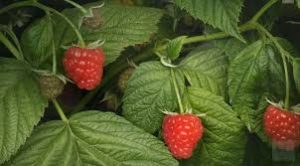
Please note: This post contains affiliate links. An affiliate link means that we may earn advertising/referral fees if you make a purchase through our links.
This Ultimate Guide is dedicated to explaining the main facts of Raspberry Leaf Tea. It includes plant information, history, benefits and recipes.
Raspberry Leaf Plant Info
The red raspberry plant is a perennial plant that usually will grow to a height of around 5-8 feet each year. The plant grows tiny branches which will usually have 5-7 leaflets on it, but they typically will not bloom flowers the first year. During the second year, there will usually be extra leaflets that appear, and on the tips of those leaflets the flowers will start to appear. Each flower is around a centimeter with 5 white pedals, they usually will bloom in late spring. The fruit that is produced is red and really sweet with a slight bitterness. The fruits usually will start to develop around late summer to early fall

raccoons, squirrels, chipmunks, skunks, birds, rabbits, and bears are known to feed on the raspberries the plant produces. It is also a very helpful plant to native animals for building shelters. Birds and rodents alike love to build shelters in the thick brush of the raspberry plant. Rubus idaeus can mostly be found on the outskirts of wet areas such as swamps. It can also be found on the outside of forest clearings in darker, shaded spots.
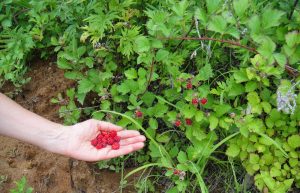
If you choose to grow your own plants, you should plant the raspberry plant in the early spring so it grows in season. If you decide to make your own tea with it, be sure to put it in a spot that gets an abundance of sunlight during the day. Around 6-8 hours is a good amount of sunlight. Make sure you water the plant frequently, to see the best results the soil needs to be moist . Harvesting the leaves before the flowers come will help you have the best tea. It is best to pick the leaves that are bright green, they will end up shriveling so I recommend grabbing extra to ensure you have good flavoring for your herbal tea. I would also suggest checking your raspberry plant regularly to make sure it is not getting overran by weeds!
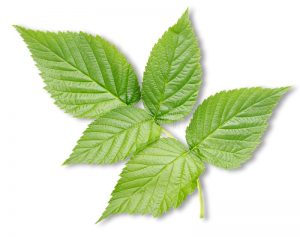
I usually plan on harvesting a lot of leaves so I can have them for the future. These are the steps that I take to harvest the leaves and keep them fresh:
- Wash and dry the raspberry leaves after picking them off of the plant
- Then take your clean raspberry leaves and place them on a cookie sheet with the oven se to 250° F
- Bake them for 30 minutes, then take the leaves out of the oven and allow them to cool
- Crush the leaves either with a food processor or a mortar and pestle
- Finally, store in a cool and dry place. I typically will use a vacuum sealed back and place it in my fridge
Raspberry Leaf Tea History/General Facts
The red raspberry plant, Rubus idaeus, is originally from Europe, but it has a deep rooted history that goes way back. People that lived in caves or nomads would rely on raspberries for food and nutrients. The ancient Greeks would mass produce raspberries so they could trade them. People saw this as very smart and eventually started getting better at harvesting raspberries. They even decided to start producing them not only around Europe, but the rest of the world. In the 1770’s, raspberry plants were brought into the American colonies.

Raspberry leaf tea is most known for its ability to benefit women’s health. It has been used in the past to help with the pain of delivery. There aren’t any studies that prove these claims, but women all over the world stand by raspberry tea and say it has helped them. They say that it helped ease their pain during contractions and delivery.
Red raspberry fruit is used in jams and jellies quite often. It is even known to be used as natural flavoring in some circumstances.
Raspberry Leaf Tea Benefits
- Pregnancy –Raspberry leaf tea is thought to help ease the pain of contractions and help to have a better delivery.
- Fertility – This herbal tea is known to benefit the fertility of women by balancing their hormones.
- Menstrual – Raspberry leaf tea is known to ease some discomfort that comes with menstrual cycles.
- Menopause – This herbal tea is known to ease the issues that come with menopause.
- Men’s Health – Raspberry leaf tea benefits the male reproductive system.
- Inflammation – Raspberry leaf tea is known to help calm inflammation.
- Weight – This herbal tea can help with weight loss.
- Cardiovascular – Raspberry leaf tea contains potassium which can in turn lower blood pressure which keeps your heart healthy.
- Digestion – This herbal tea is a mild laxative which helps with bloating and cramps.
- Astringent – Raspberry leaf tea contains tannins which can be used as mouthwash.
Raspberry Leaf Tea Flavor
Raspberry leaf teas flavor is most likely very different from what you expect. In fact, the leaves used to produce the tea create such a different taste than the fruit of the raspberry plant. Black tea and raspberry leaf tea are often compared, as the taste of raspberry leaf tea is similar, but it has more of a bitterness to it. Some enjoy the bitterness, but if it isn’t your ‘cup of tea’, you can offset it with sweeteners.
Raspberry Leaf Tea Recipes
Basic Raspberry Leaf Tea
Ingredients (2 Servings)
3 tablespoons of raspberry leaves
3 cups of boiling water per serving
Steps:
Pour boiling water over the leaves in a large mug. Steep for around 10-15 minutes. Strain. Add honey, sugar, lemon, or agave to taste.
Basic Raspberry Leaf Tea Cold
Ingredients:
1/3-1/2 cup of raspberry leaves (substitute 6 teabags)
8 cups of boiling water per serving
Steps:
Pour the boiling water over the leaves in a large pot. Remove from heat and steep for around 10-15 minutes. Refrigerate. Strain the tea the next day into a pitcher. Add simple syrup, honey, sugar, or agave to taste. Serve over ice.
*Simple syrup is made by heating equal parts sugar and water until dissolved.
Side Effects
Most of the Raspberry Leaf Tea side effects are very mild and can be fully avoided if drank in moderation. Most of the side effects below can actually be beneficial for healthy individuals.
- Diarrhea – Raspberry tea is a mild laxative and if consumed excessively can cause moderate symptoms.
- Diuretic – Raspberry leaf tea acts as a mild diuretic that can cause you to become dehydrated if consumed excessively.
- Medication Interactions – If you are already taking a laxative or diuretic there is a chance you can become dehydrated. If you are on any sedatives, it may add to the effect you already have.
- Sedating – Raspberry tea is a mild sedative. Be cautious if you are driving.
- Nausea – If you drink raspberry leaf tea on an empty stomach it could make you feel sick.
As I stated earlier, I always recommend speaking with a healthcare professional or your personal doctor prior to drinking Raspberry Leaf Tea. This helps to avoid more serious side effects.
Raspberry Leaf Tea: Buy the Best
(Commissions Earned)
Highly Convenient; Great Taste!
CONCLUSION
I hope that this ultimate guide on raspberry leaf tea has been useful to you. If you have any questions or I missed something, please submit it via the Contact Me page or post it as a comment below.
While this herb is most popularly known as the women’s herb, both men and women can enjoy the benefits of cardiovascular benefits, improved digestion, and regular hormones. Women in the past have used raspberry leaf tea to ease the pain and irregularity of menstrual periods, to help produce quality and quantity of milk after labor, to help with contractions and delivery, or to help with menopausal symptoms. Learn more in this scientific study!
You can even grow raspberry leaf plants in your backyard. Doing this will help you keep a good supply of fresh leaves and berries. Make sure to read the side effects and to talk to your doctor before consuming red raspberry leaf tea. Want to learn about another extremely popular herbal tea?
Comments
Do you like Raspberry Leaf Tea? What about it do you like? Please share your thoughts with the HTH Community by posting a comment below. I read and respond to each comment, and I enjoy interacting with my readers!
HerbalTeaHour.com is an herbal tea community that truly values transparency and disclosures. We want to be very clear about one thing. In addition to being herbal tea enthusiasts, we do participate in the Amazon Affiliate program. As an Amazon Associate we earn from qualifying purchases.
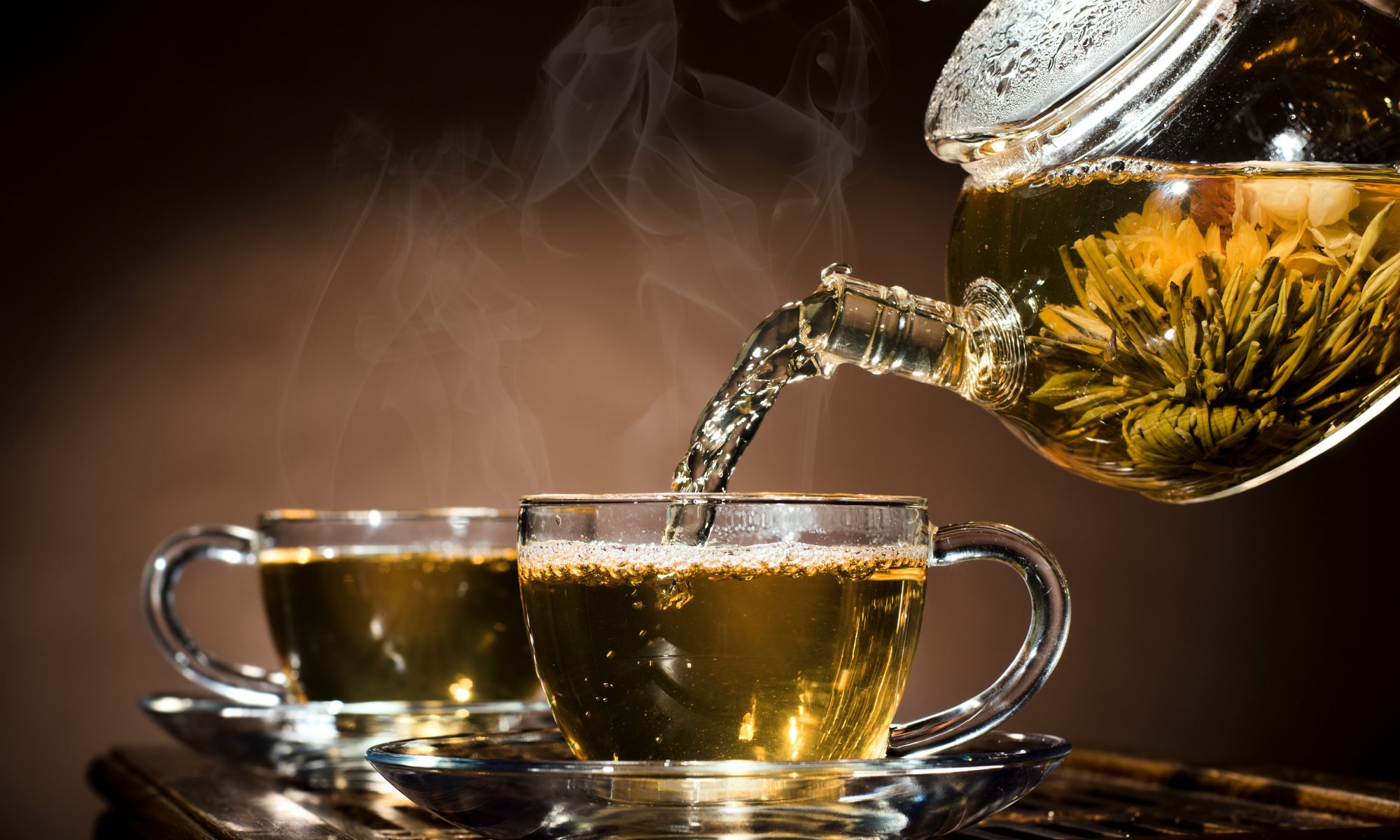
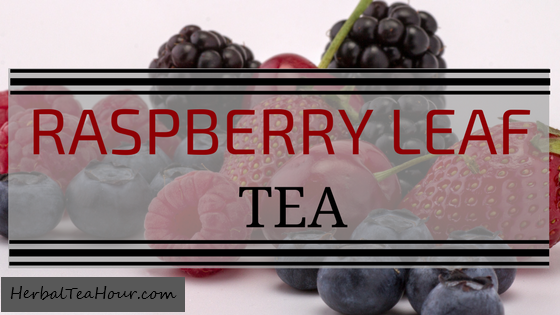

I’m so glad someone finally posted about raspberry leaf and pregnancy, I swear by it. I used it for my DS #2 and it was so much easier. I didn’t even have an epidural!
Glad to hear that it helped you!